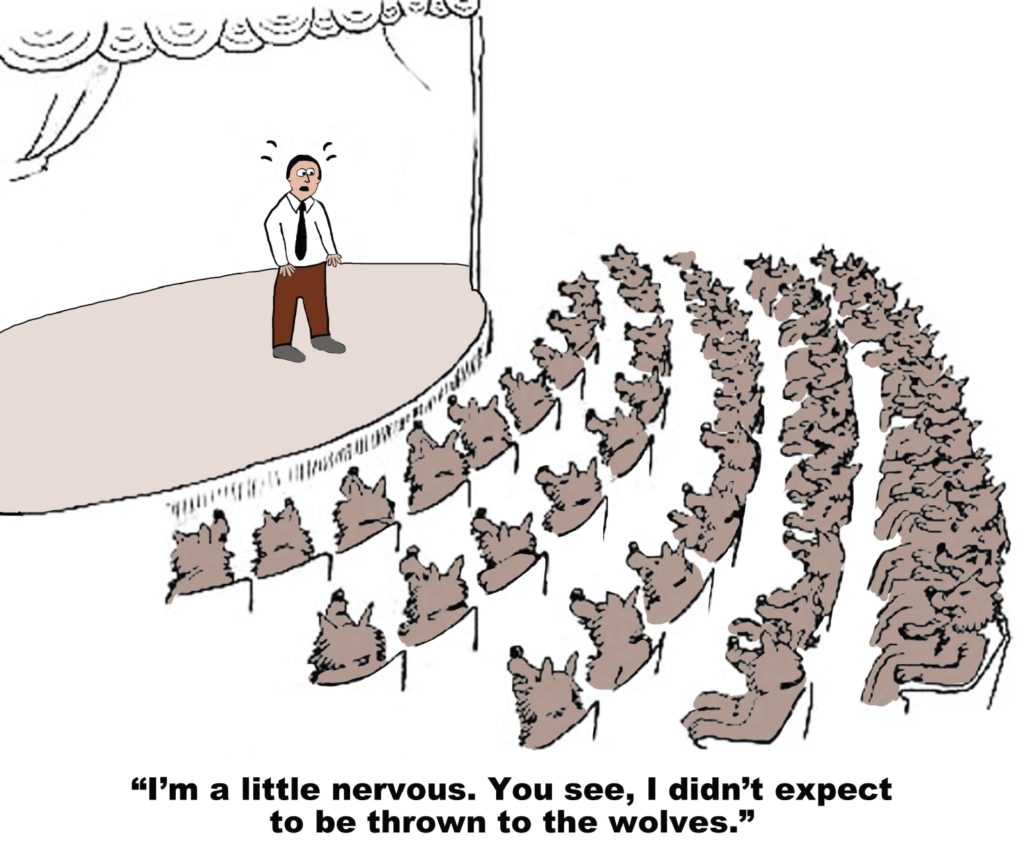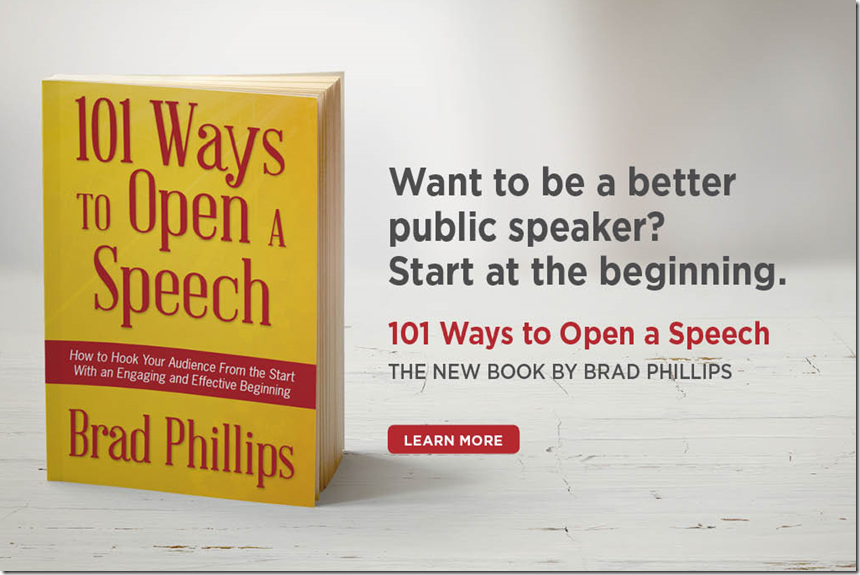The "Yes, And…" Approach To Managing Audience Questions
In her funny book Bossypants, Tina Fey discusses the rules she learned about improvisation as a performer at Chicago’s Second City.
The first rule of improvisation is AGREE. Always agree and SAY YES. When you’re improvising, this means you are required to agree with whatever your partner has created. So if we’re improvising and I say, “Freeze, I have a gun,” and you say, “That’s not a gun. It’s your finger. You’re pointing your finger at me,” our improvised scene has ground to a halt. But if I say, “Freeze, I have a gun!” and you say, “The gun I gave you for Christmas! You bastard!” then we have started a scene because we have AGREED that my finger is in fact a Christmas gun….
Now, obviously in real life you’re not always going to agree with everything everyone says. But the Rule of Agreement reminds you to “respect what your partner has created” and to at least start from an open-minded place. Start with a YES and see where that takes you….
The second rule of improvisation is not only to say yes, but YES, AND. You are supposed to agree and then add something of your own. If I start a scene with “I can’t believe it’s so hot in here,” and you just say, “Yeah…” we’re kind of at a standstill. But if I say, “I can’t believe it’s so hot in here,” and you say, “What did you expect? We’re in hell.” Or if I say, “I can’t believe it’s so hot in here,” and you say, “Yes, this can’t be good for the wax figures.” Or if I say, “I can’t believe it’s so hot in here,” and you say, “I told you we shouldn’t have crawled into this dog’s mouth,” now we’re getting somewhere.

Upon reading that excerpt, I immediately thought of the applicability of the “Yes, and…” improv technique to handling audience questions during a Q&A.
So many times, we disagree with the premise of a question. In some situations—when the question strikes at the heart of a real or perceived vulnerability, or unfairly maligns another party, for example—the most appropriate response is to rebut the false premise with a direct response.
But in other cases—perhaps less confrontational situations when an audience member has unknowingly offered an uninformed opinion on a topic of secondary importance—the kinder response is to think of the “Yes, and…” approach instead of knocking down the question.

Example: Is Public Speaking Really Worse Than Death?
In some of our presentation training workshops, an audience member will bring up the “study” that allegedly showed that people fear public speaking more than anything else, including death. If I were to respond without using the “Yes, and…” approach, the exchange might look like this:
“You know, it turns out that study is not quite accurate. The methodology has been called into question. And although “fear of death” ranks lower than public speaking, if you add death to other things on the list that can cause death—fear of deep water, sickness, heights, flying, and driving in a car—it becomes clear that death really is a much greater concern than public speaking.”
But what did I gain from that answer? I probably demonstrated my knowledge, yes, but there’s also a good chance that I looked like a confrontational jerk and dissuaded other people in the room from participating for the rest of the workshop.
The “Yes, and…” approach might look more like this:
“Thank you for bringing that up! There’s no doubt that for many people, little terrifies them more than the thought of having to deliver a speech. Personally, I think death sounds a whole lot worse than talking for 10 minutes, so throughout the day today, I’ll offer you techniques and tips that will help you put your fear of public speaking into perspective and manage it more successfully.”
The next time someone asks you a question during a live audience Q&A with an incorrect premise, ask yourself whether the premise is truly important enough to knock down, or whether the “Yes, and…” approach will help you create a more open and receptive climate.

Tina Fey Photo via Gage Skidmore via Wikimedia Commons


